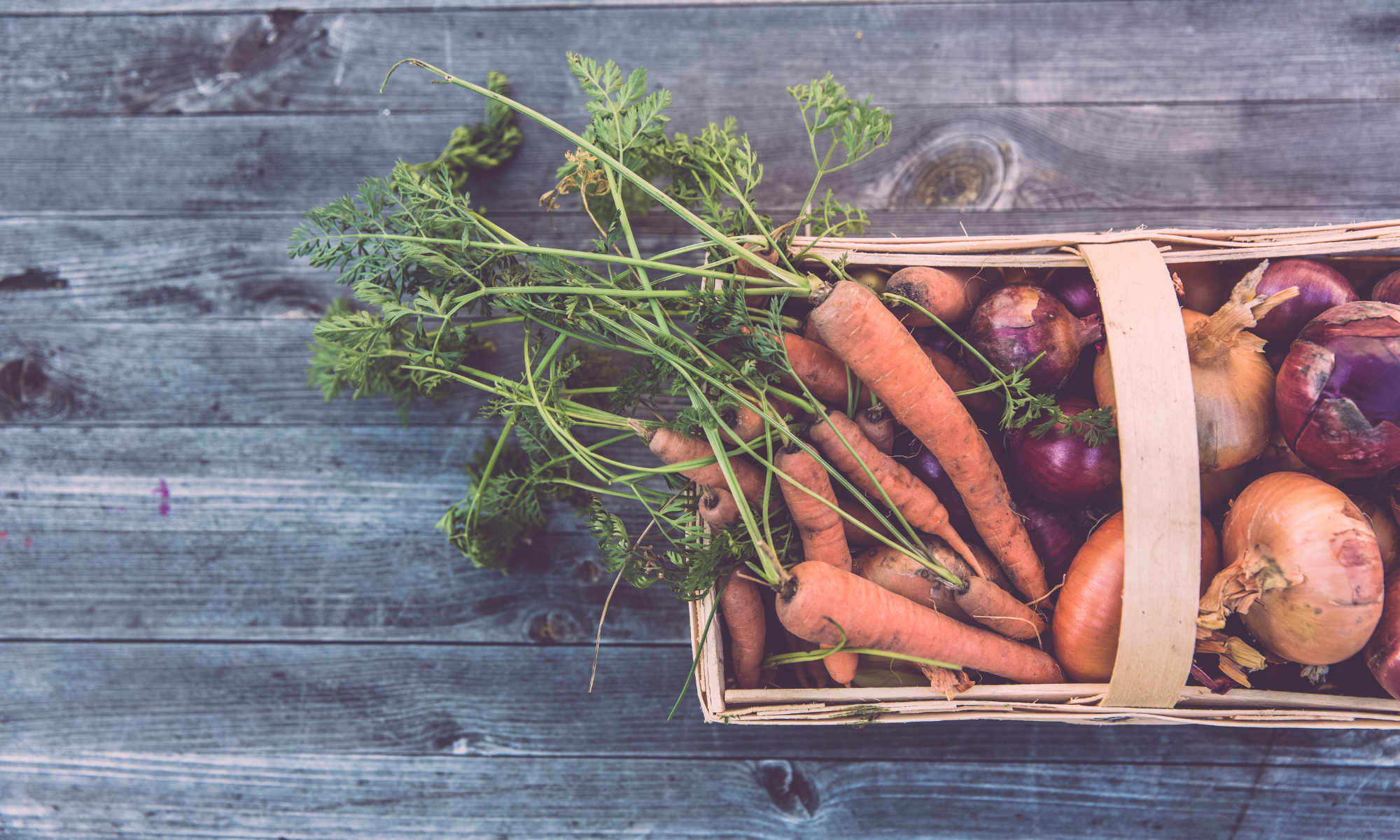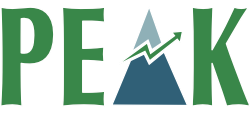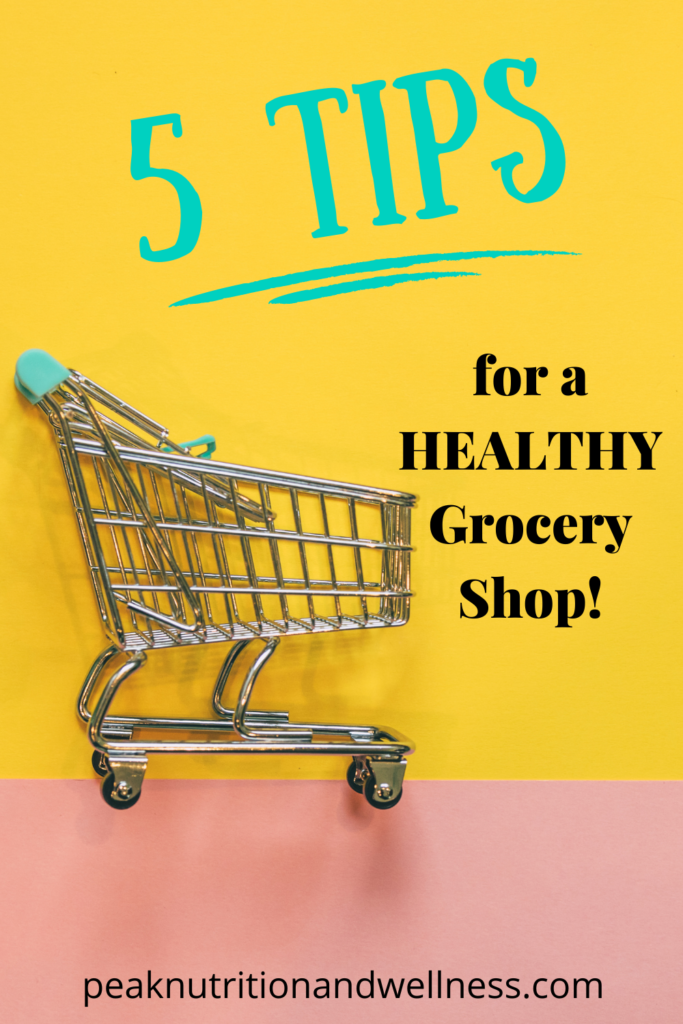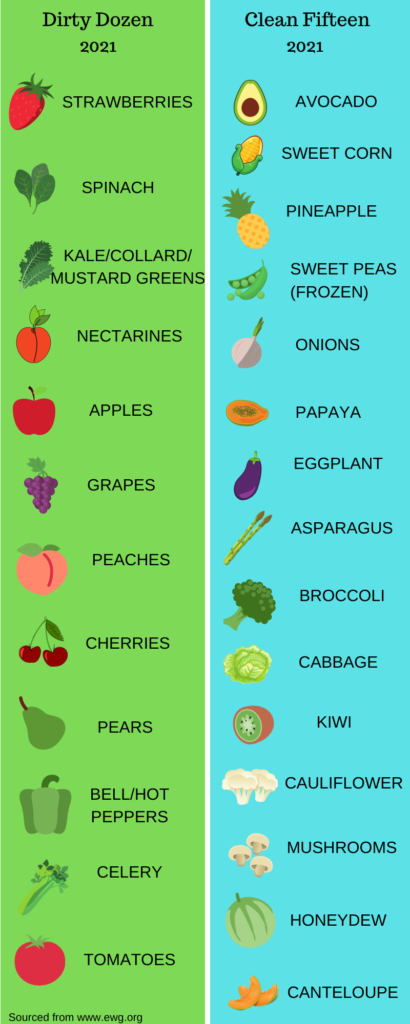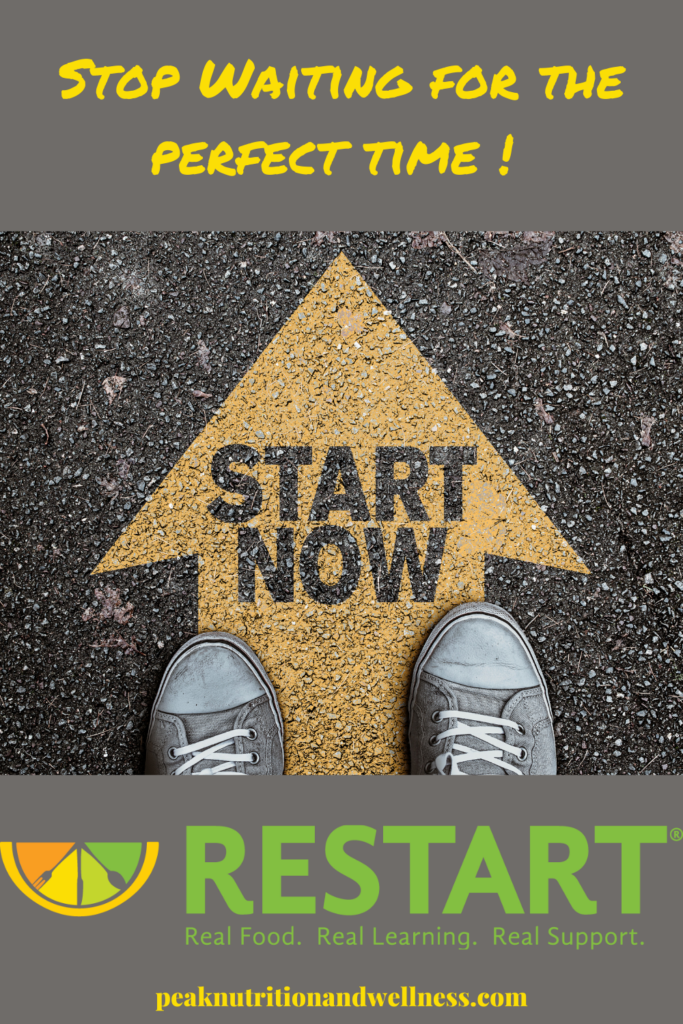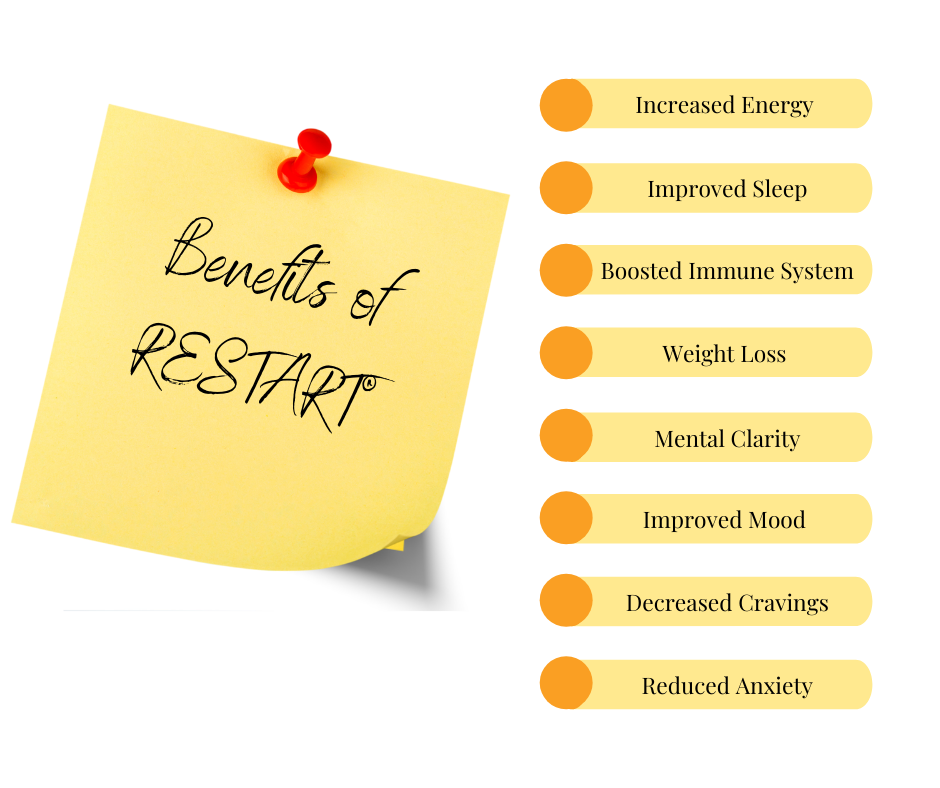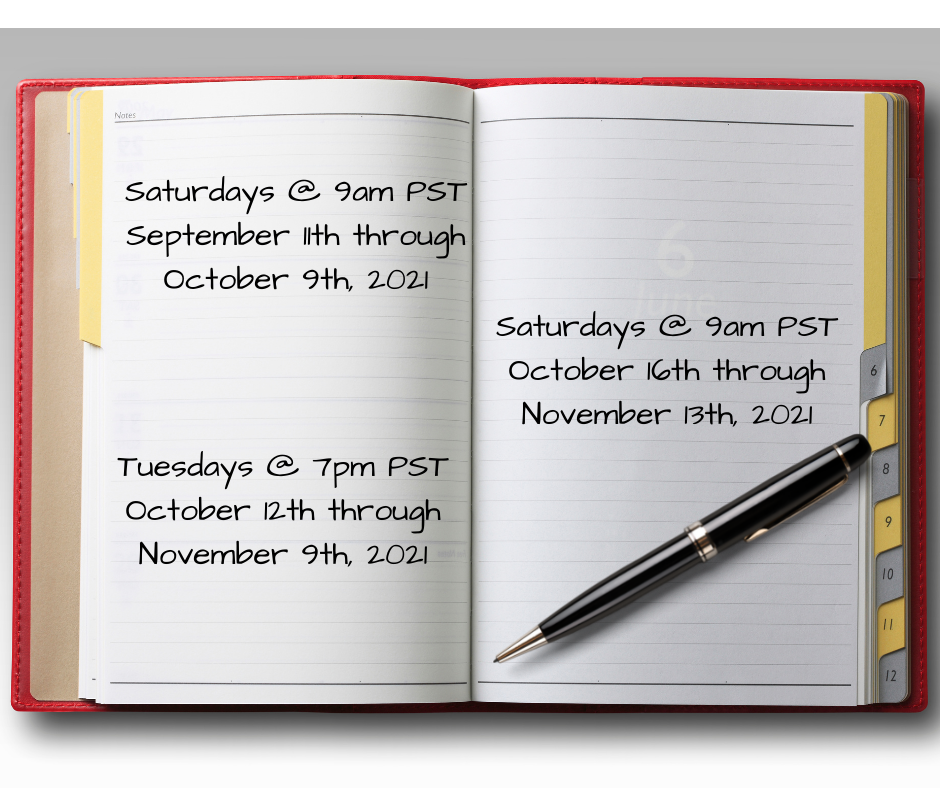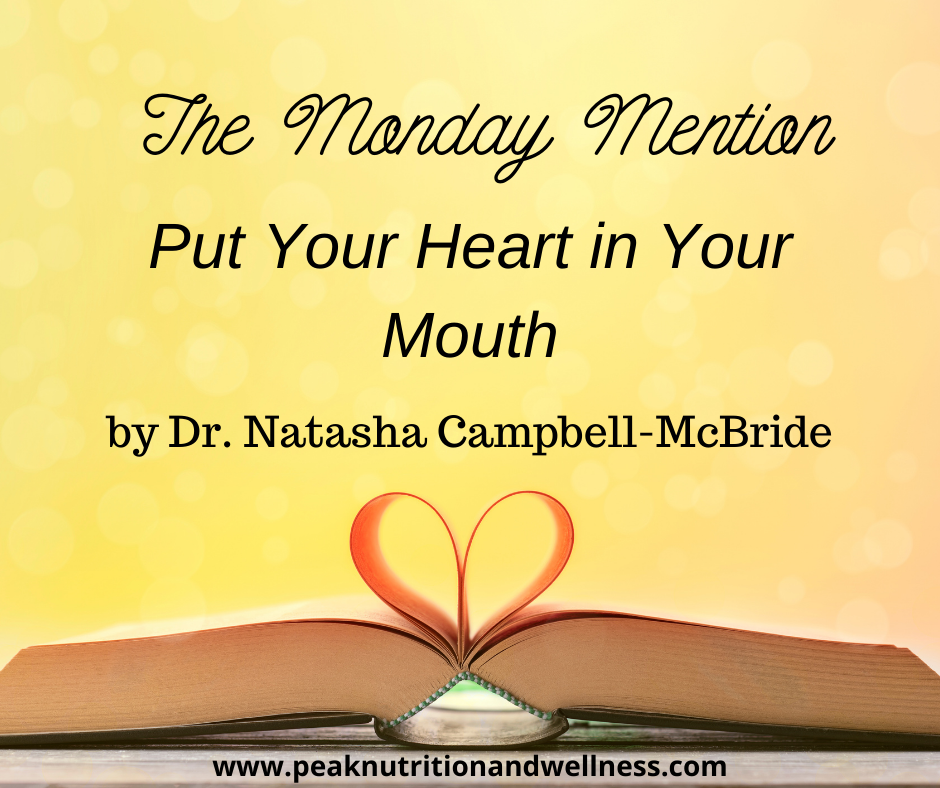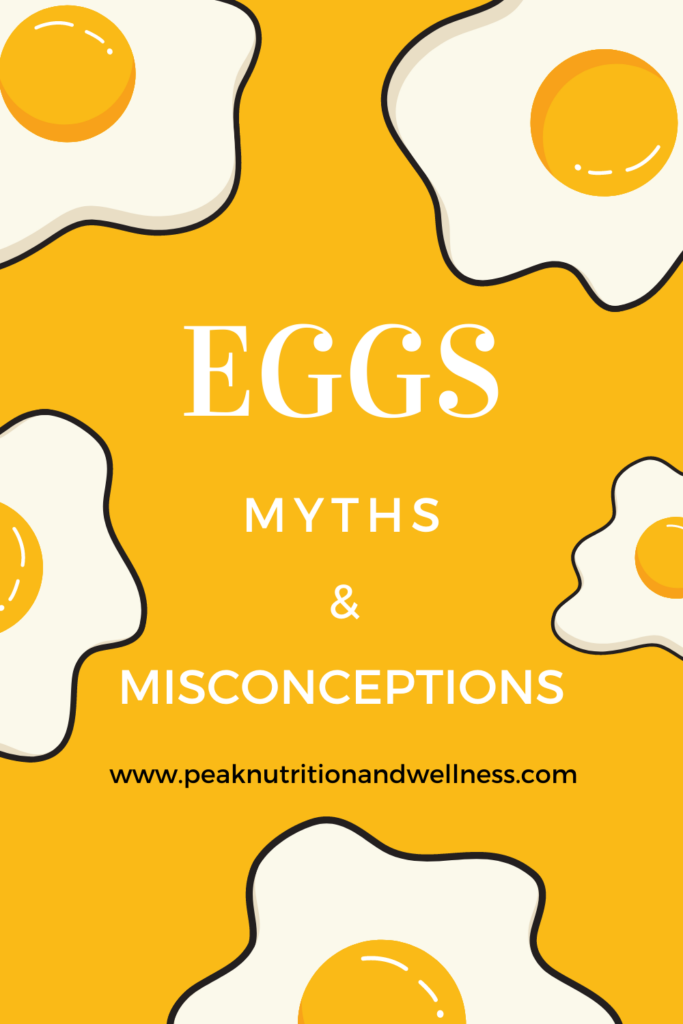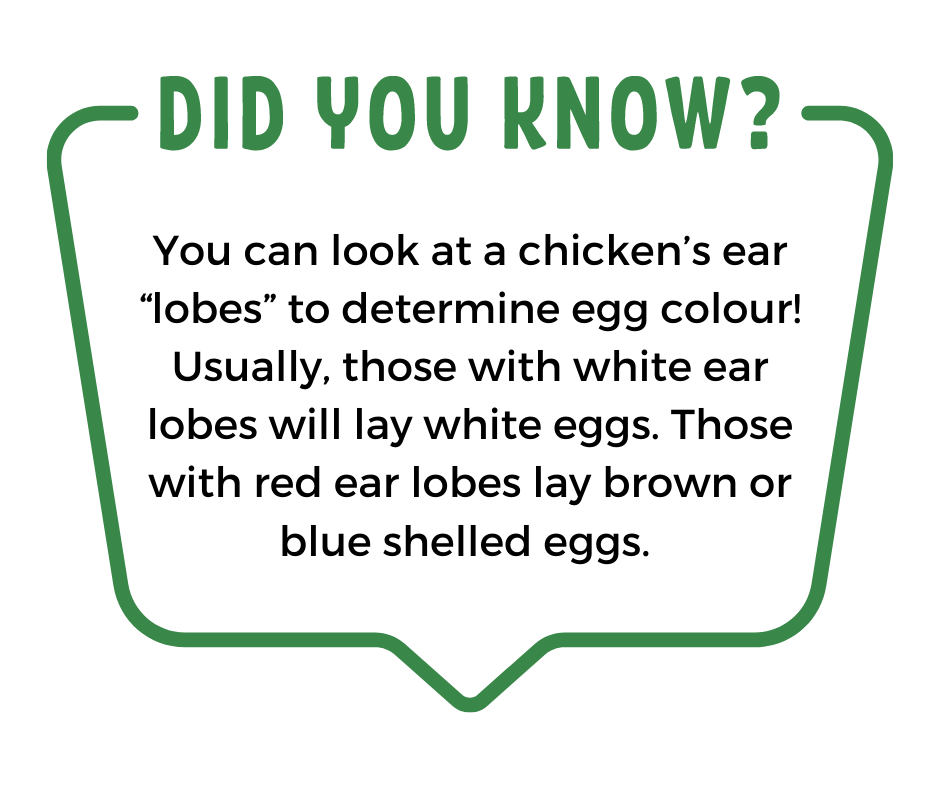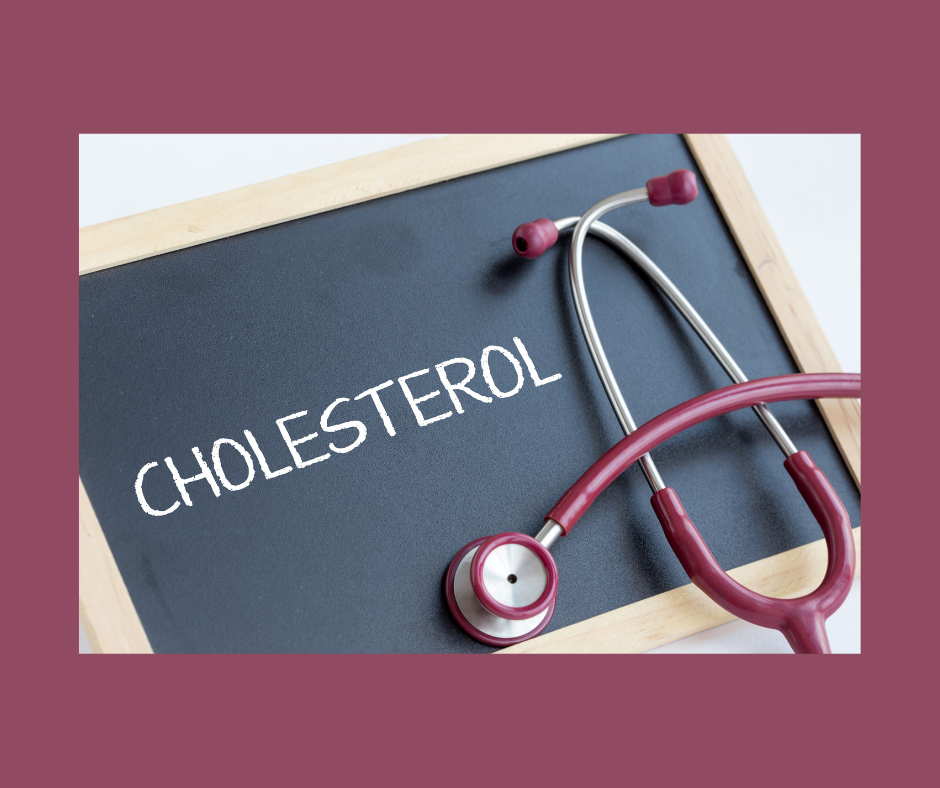Healthy Shamrock Shake
‘Tis the season of all things GREEN!
I’ll be honest, I’ve never had the OG Shamrock Shake from the (in)famous fast food place. Not that I don’t love mint and ice cream, but the vivid, fake green color (and of course the loads of sugar) just wasn’t for me!
To honour my Irish roots and celebrate my nephew Mason and his dog “Lucky”, who both have birthdays on March 17th, I thought I’d try to recreate a healthier version of this March treat.

This shake comes together in a flash! I opted to make mine “Super Powered” by adding in some baby spinach. Spinach is a great choice, as its flavor won’t overpower the mint. Feel free to experiment with other leafy greens.
You could also add some protein in the form of an unsweetened protein powder or collagen peptides.

Simply dump all the ingredients into your blender and mix until smooth and creamy!

Once it’s all blended, taste and adjust for sweetness and “minty-ness”. Pour into serving glasses or bowls and garnish. With a full avocado and the coconut milk, this is very filling! The recipe says 2 servings, but I think you could stretch it to 3 or 4 easily!
I experimented with and without spinach. You can see the difference in color below.


You’ll notice that I serve my smoothie with a SPOON. Even with smoothies, it’s important to chew your food! When we chew, and move food around our mouths, our brains get important information about what type of nutrients are in the food we are eating. It is then able to trigger the release of the digestive juices and enzymes we need to properly digest and absorb the nutrients.
There are also enzymes in our saliva and, as we chew, we are allowing these enzymes to start to work on the food and lessens the work that needs to be done further down the digestive line.
Enjoy! Sláinte!


Shamrock Shake
Equipment
- 1 High Speed Blender
- Measuring Cup
- Measuring Spoons
- Knife
Ingredients
- 1 avocado ripe
- 1 cup coconut milk may sub with other dairy or non dairy milk alternative
- 1 cup ice cubes
- ~20 leaves fresh mint adjust to taste
- 1 tsp vanilla extract
- 4 tsp maple syrup adjust to taste
- Dark Chocolate or Cacao Nibs for garnish
- See Recipe Notes for optional add ins!!!
Instructions
- Remove pit and peel from avocado.
- Place all ingredients in blender and blend until smooth.
- Pour into serving glasses/bowls.
- Garnish with grated/shaved dark chocolate or cocoa nibs and enjoy!
Notes
- Make it a Super Powered Shamrock Shake by adding in 1 packed cup of baby spinach (it really ups the green quotient too!)
- Add in your favourite unsweetened protein powder or collagen peptides for an added Protein Kick!
- Swap out the maple syrup for 1/2 to 1 banana (frozen would work great here too!)
